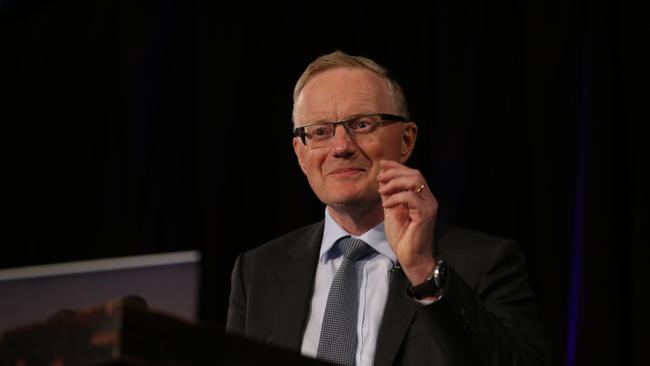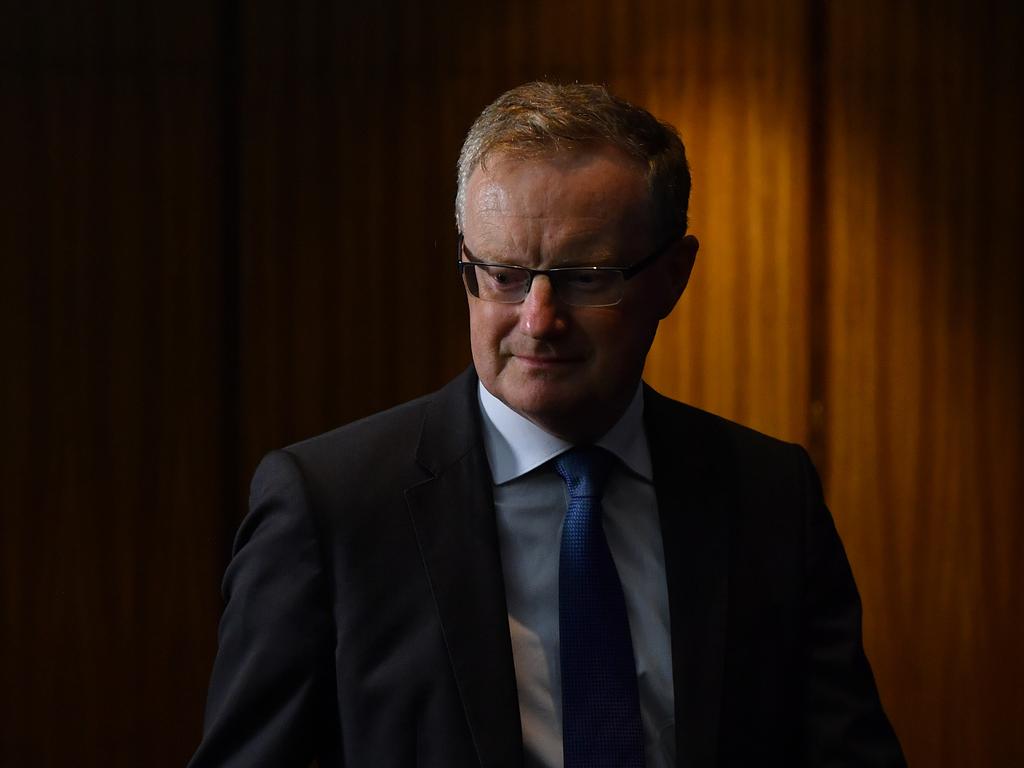Covid-19 hits wealthier suburbs hard, says NAB chief Ross McEwan
The coronavirus is inflicting disproportionate financial pain on the nation’s wealthier suburbs, says NAB chief executive Ross McEwan.
The coronavirus is inflicting disproportionate financial pain on the nation’s wealthier suburbs, and the psychological toll on Melbourne from its strict stage four lockdown currently exceeds the financial cost, National Australia Bank chief executive Ross McEwan says.
Announcing a 7 per cent decline in third-quarter cash earnings to $1.55bn compared to a year ago, Mr McEwan cited early signs of a “modest” deterioration in credit quality and an outlook which remained “highly uncertain”.
The NAB chief said the impact of COVID-19 was very different to other crises he had experienced.
For example, borrowers with home loans of more than $1m accounted for 21 per cent of the bank’s deferred loans but only 14 per cent of the total book.
Also, NAB’s business and private banking division, which has wealthier clients, had 38 per cent of home-loan deferrals compared to 28 per cent of the book.
Traditionally, customers with lower balances suffered most in a crisis, according to Mr McEwan.
“That’s not the case this time around,” he said.
“Professional services, airline pilots have been affected because whole industries have been closed down.”
Australian Bureau of Statistics figures released this week showed the official unemployment rate edging up to 7.5 per cent in July. This translates to the number of unemployed Australians breaching the one million barrier for the first time.
The NAB quarterly result was released as Reserve Bank governor Philip Lowe told the House economics committee that the Victorian outbreak was likely to shrink national GDP in the September quarter.
Before the outbreak, the government and the RBA were expecting economic expansion in the three months to September after a precipitous decline in the June quarter.

The June quarter, according to Dr Lowe, was likely to produce a 7 per cent contraction, which would be the biggest fall in “many decades”.
On top of that, the challenges faced by Victoria would cut GDP growth by at least two percentage points in the September quarter, so that growth would not resume until the final three months of the year.
“This will broadly offset the recovery that has been taking place in most other parts of the country,” Dr Lowe said.
“As a result, we are now not expecting a lift in economic growth until the December quarter.”
With interest rates at a record low of 0.25 per cent, the governor said the RBA would not be lifting rates until there was a trend towards full employment and inflation was back in the central bank’s target range of 2-3 per cent.
“Given the outlook I discussed earlier, these conditions are not likely to be met for at least three years,” he said.
“So it is highly likely that the cash rate will be at this level for some years.”
In Melbourne, NAB staff and their customers were suffering from the August 2 imposition of tough new restrictions after a spike in new COVID-19 infections.
“It’s been more psychologically damaging than financially at this point in time,” Mr McEwan said.
“Our colleagues and customers thought they were coming out of it and all of a sudden we’re back in quite a terrible situation with high levels of infection and a horrific number of deaths. (Staff) are dealing with businesses all day and every and it’s difficult for them; these are strong relationships they’ve had for years and they’re seeing customers through no fault of their own having difficulty.”
While 16 per cent of home loan deferrals had resumed repayments after recent check-ins, many customers still faced an uncertain future and providing further credit “won’t always be the right thing to do”.
Commonwealth Bank chief executive Matt Comyn said on Wednesday that the majority of the bank’s home loan customers were in a position to resume their repayments in full.
Mr McEwan said the divergence between the two banks was probably explained by NAB’s decision to prioritise riskier customers in its review process.
Macquarie said in a note that the market would regard NAB’s overall trends in a positive light, although there was greater risk from the bank’s deteriorating credit quality which was likely to impact its performance in the current financial year.
“We continue to see consensus expectations around impairment charges as too optimistic,” analyst Victor German said.
Overall, Mr McEwan said the quarterly result reflected the current operating environment characterised by volatile markets, subdued credit demand, low interest rates, cost pressures and deteriorating asset quality.
On the outlook, Australia would “get going again” in 2022, with the economy at a similar level to where it was at the end of 2019.
In the meantime, the number of deferred home loans declined from 96,000 worth $38bn in May (12.7 per cent of total home lending) to 92,000 worth $37bn (12.3 per cent) in June.
NAB said there had been only a small increase in new deferral requests in Victoria.
Deferral balances in business loans continued to increase, up from 39,000 loans worth $20bn in May (15.2 per cent of total business lending) to 41,000 loans worth $21bn (15.8 per cent) in June.
About 47 per cent of deferred customers were receiving JobKeeper. After its recent $4.25bn capital raising, NAB’s common equity tier one capital ratio increased from 10.39 per cent in March to 11.56 per cent at June 20.





To join the conversation, please log in. Don't have an account? Register
Join the conversation, you are commenting as Logout